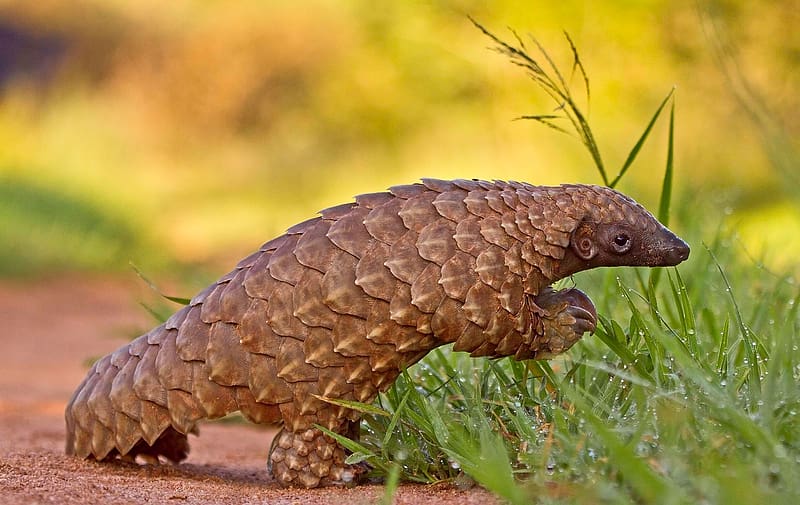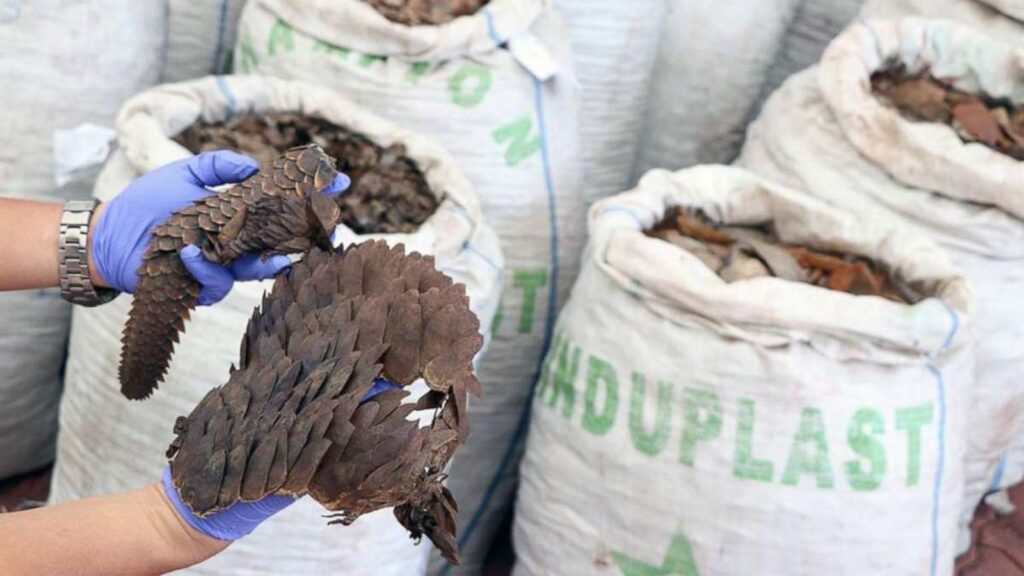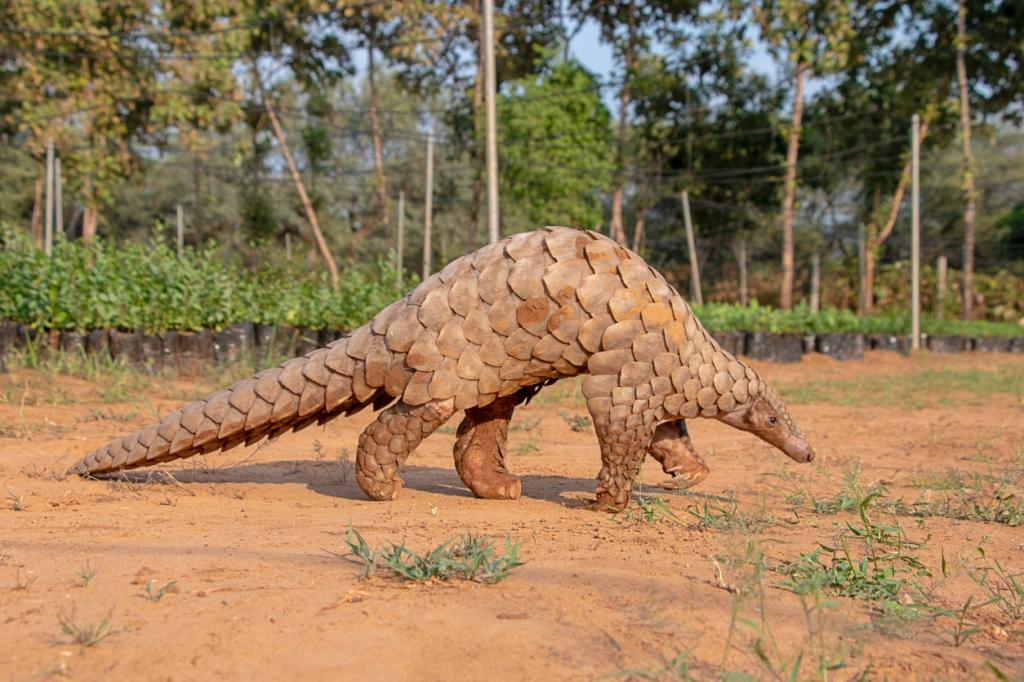Pangolin Conservation
Unraveling the Enigmatic World of Earth’s Most Trafficked Mammal

INTRODUCTION:
In the hidden depths of dense jungles and arid grasslands, a mysterious creature roams, cloaked in armor-like scales – the pangolin. This captivating mammal, with its unique appearance and gentle demeanor, has captured the fascination of people around the globe. However, the pangolin’s charm is overshadowed by the tragic reality of being the most trafficked mammal on Earth. In this blog, we delve into the enigmatic world of pangolins, exploring their ecological significance, the threats they face, the severity of the illegal wildlife trade, and the tireless efforts of conservationists to safeguard these extraordinary creatures.
1. The Pangolin’s Profile:
Pangolins, belonging to the family Manidae, are the only mammals covered in protective keratin scales. Their fascinating appearance and ancient lineage have earned them the nickname “living fossils.” There are eight recognized pangolin species, split into two genera: Manis (found in Africa) and Phataginus (found in Asia). Solitary and nocturnal, pangolins have developed impressive adaptations to thrive in diverse habitats, primarily feasting on ants and termites.
2. The Perils They Face:
Despite their incredible resilience, pangolins confront a myriad of threats that put their survival at risk:
a. Illegal Wildlife Trade:
The illegal trade in pangolins and their scales is rampant, driven by unfounded beliefs in traditional Asian medicine. Pangolin scales are falsely attributed with healing properties, making them a highly sought-after commodity in illegal markets.
b. Habitat Loss:
Human activities, such as deforestation and land conversion, degrade and fragment pangolin habitats. As these pristine ecosystems disappear, pangolins lose their homes and access to food sources, leading to population decline.
c. Poaching and Hunting:
In some regions, pangolins fall victim to poaching for bushmeat, traditional rituals, and as retaliation for perceived agricultural damage.
3. The Dire State of Pangolin Populations:
Tragically, all eight pangolin species are listed on the IUCN Red List of Threatened Species. The Chinese and Sunda pangolins are critically endangered, while others, like the African species, are rapidly declining. Pangolins are estimated to be trafficked in the hundreds of thousands annually, placing immense pressure on their populations.

4. The Fight for Conservation:
Conservationists and wildlife organizations worldwide have rallied to protect pangolins and reverse their decline:
a. Awareness Campaigns:
Public outreach and education are vital in curbing demand for pangolin products. By dispelling myths about the medicinal value of their scales, we can reduce the illegal trade.
b. Legislation and Enforcement:
Governments must implement and enforce strict wildlife protection laws to deter poachers and traffickers. Collaborative efforts between nations can disrupt illegal supply chains.
c. Habitat Preservation:
Creating and managing protected areas helps safeguard pangolin habitats, providing sanctuaries for these elusive mammals to thrive.
d. Rescue and Rehabilitation:
Wildlife rescue centers play a crucial role in caring for confiscated pangolins, rehabilitating them, and eventually releasing them back into the wild.
How many pangolins are trafficked every year?
According to estimates by wildlife organizations such as the International Union for Conservation of Nature (IUCN) and TRAFFIC, it is believed that hundreds of thousands of pangolins are trafficked each year. The illegal trade in pangolins is driven by the demand for their scales, which are falsely believed to have medicinal properties in some traditional Asian medicine practices, as well as their meat, which is considered a delicacy in some regions.
It is essential to continue monitoring the situation and supporting conservation initiatives to protect these unique and enigmatic creatures from exploitation and ensure their preservation in the wild.

Conclusion:
Pangolins, the armored wonders of the animal kingdom, face a perilous future as they navigate a world filled with poaching, habitat loss, and the ever-looming threat of the illegal wildlife trade. The fate of these enigmatic creatures rests in our hands, and it is our responsibility to protect them. By raising awareness, supporting conservation efforts, and demanding robust enforcement of wildlife laws, we can ensure that pangolins continue to roam the forests and grasslands for generations to come. Together, we can rewrite the story of the world’s most trafficked mammal and secure a future where pangolins thrive in harmony with nature.

4 thoughts on “Pangolin Conservation”
Great insights! I found your take on sustainable living incredibly practical. Looking forward to implementing some of these tips! Check out [Get Info](https://getinfo.ink) for more inspiring content.
Great insights! I found your take on sustainable living incredibly practical. Looking forward to implementing some of these tips! Check out [Get Info](https://koreandrama.live) for more inspiring content.
May I request more information on the subject? All of your articles are extremely useful to me. Thank you!
yes sure